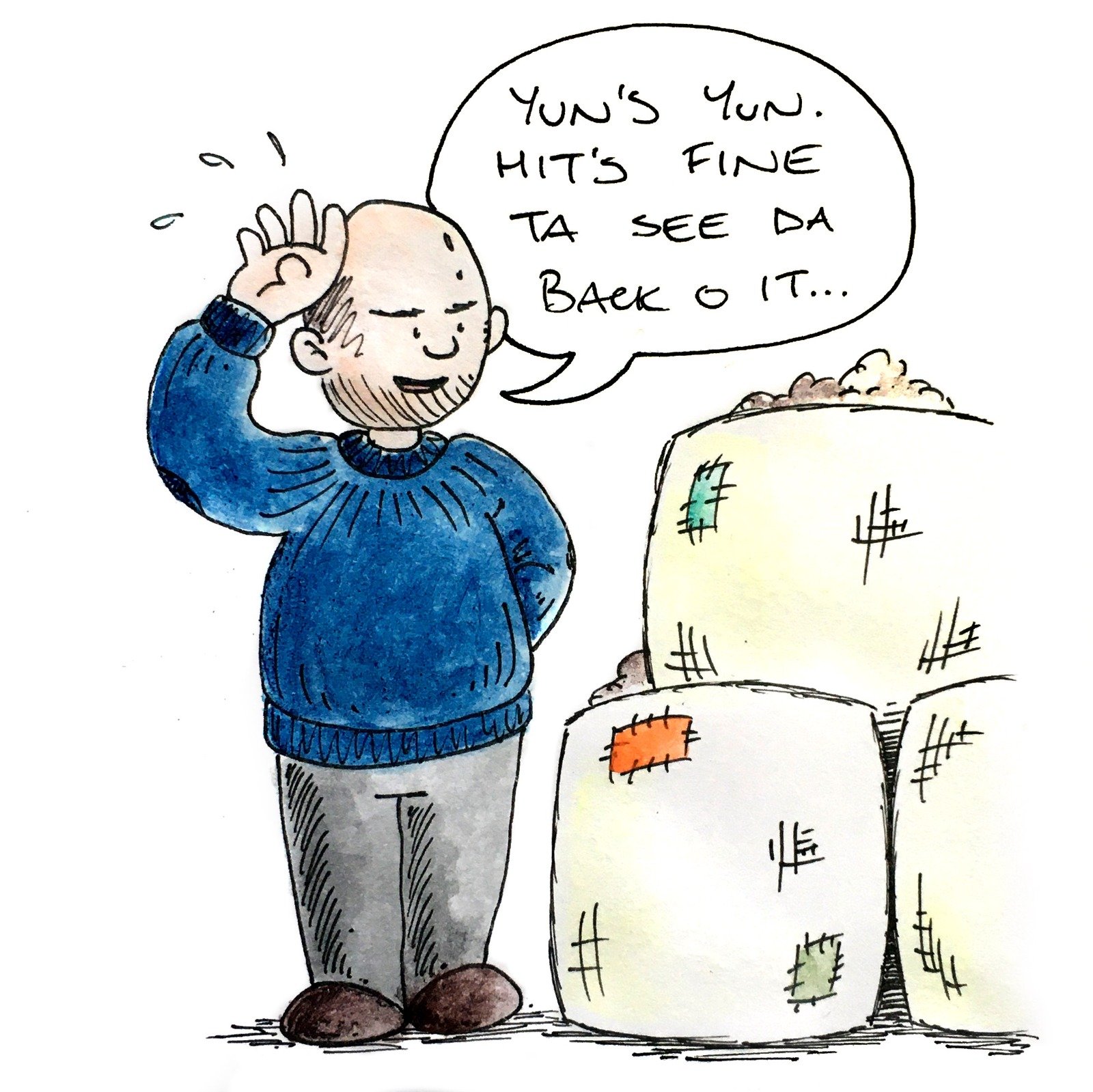Grammatical gender



Shaetlan haes a set wye o spaekin aboot non-livin tings as bein he, shø or it/hit, so at a pen drive is a "he", a phone is a "shø", an oo is "(h)it". Things at you can coont (laek laptops or fiddles) is idder "he" or "shø", wharas onythin at canna be coontit, laek saand or oo, an abstract tings laek a idee or draem, wid be "(h)it". Dis is caaed grammatical gender an it isna da sam as naiteral gender, whar livin craeters is "he/shø" gyaan by dir biological sex, wharas onythin idder is "it". Aald English an Aald Norse haed grammatical gender. German haes it still: a shair is a he (der Stuhl), a flooer is a shø (die Blume), an a lass is an it (das Mädchen). English is lost dis wye o wirkin an onnly haes naiteral gender aless fir vehicles, boats an countries at’s "shø"s, but Icelandic, Faroese an Wast Norwegian dialects still haes grammatical gender.
Pictirs: Julie Dennison.
